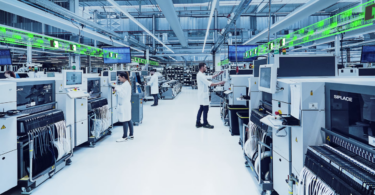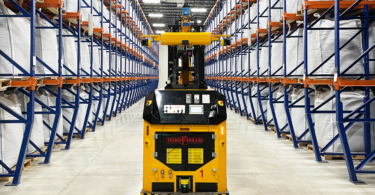Inox encoders position manual hoeing tools when weeding with farming 4.0 technology
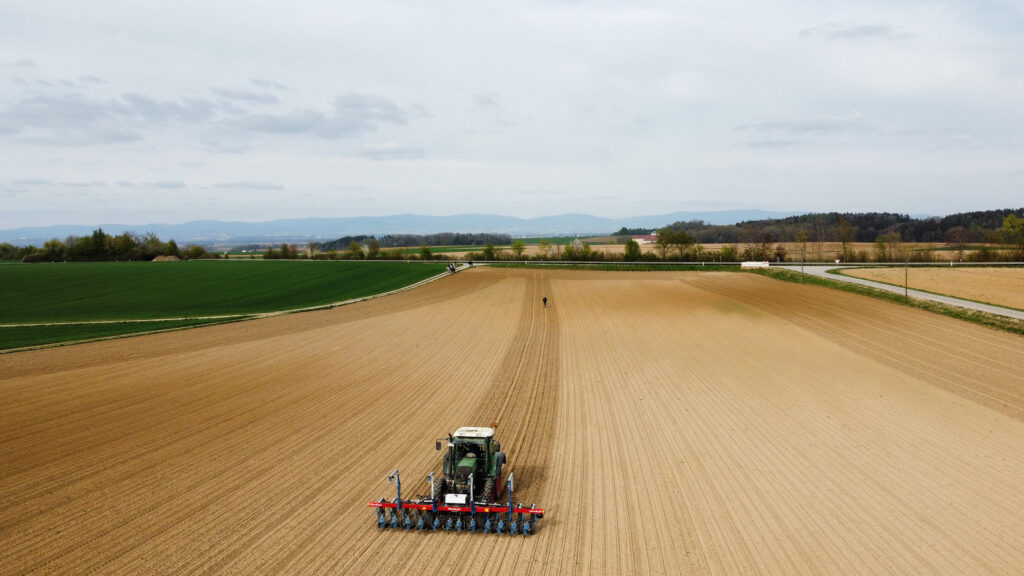
Mechanical weed control in plant rows by humans is tedious work – and the automated alternatives that are currently available are slow. However, the alternative of using pesticides to combat weeds is not a desirable or sustainable alternative in the long run – which is why farming 4.0 is the technology of the future.
Planungsbüro Heinrich in Oberschneiding invented a new Photoheyler hoeing system. The Photoheyler hoeing system from Planungsbüro Heinrich is revolutionizing the way farmers can utilize automated weeding machinery. They enable specially shaped rotors to remove weeds in plant rows with maximum precision. SICK’s singleturn AFS60 absolute encoders were modified for agricultural use with this system to ensure perfect positioning of these rotating tools in the field.
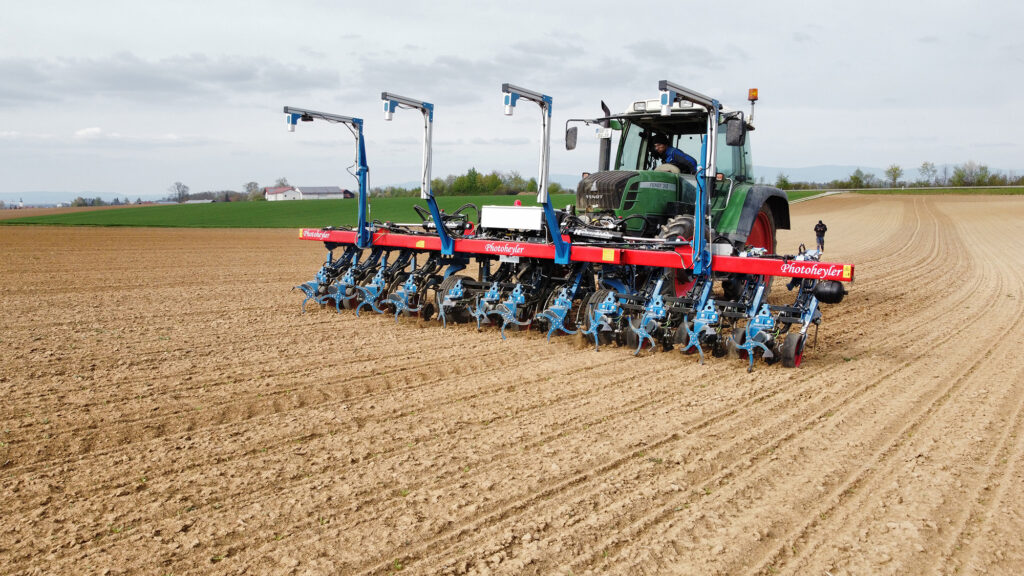
A New Weed Removal Discipline
Ultimately, they created a new “hoeing discipline” in the automated weed removal market. The hydraulically driven rotors that remove the weeds from the plant row adjust the speed of the agricultural machinery so the cultivated plants, like Sugar Beets for example, are not damaged or covered by the soil displaced in the direction of travel while trimming plants vertically.
This discipline can be used on cultivated plants that are in the two-leaf stage or for the commencement of row closure. These rows can be hoed with an output of more than one hectare per hour.
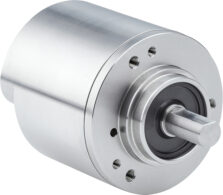
Fast and Precise Absolute Encoder
To do this they needed a fast and precise absolute encoder. This is why we recommended our Inox encoders in the AFS60 EtherCAT product family. These encoders ensure dynamic position detection and speed measurement, which is perfect for the twelve individual trajectory-controlled rotors on the tractor attachment.
This project was also another example of the customer-focused development of sensor solutions at SICK. The AFS60 EtherCAT solution was quickly adapted from its actual industrial use to an agricultural-related application in the Photoheyler project.
Customized solution strengthened for field work
To specifically adapt the sensor for field work on the Photoheyler project (and possibly other applications) in the agricultural domain or heavy-duty applications, SICK’s customization experts needed to collaborate with the customer to totally redesign the sensor. The aluminum housing was replaced by a housing made from stainless steel for added durability. This also required modification of the socket-plug connection to ensure a stronger seal.
Furthermore, the enclosure rating of the flange side of the housing was originally IP65, is now rated at IP67 to prevent penetration of moisture from the ball bearing inside the encoder. Planungsbüro Heinrich extensively tested the first sample of the Agricultural AFS60. They were able to confirm that this new sensor application meets all the necessary requirements.
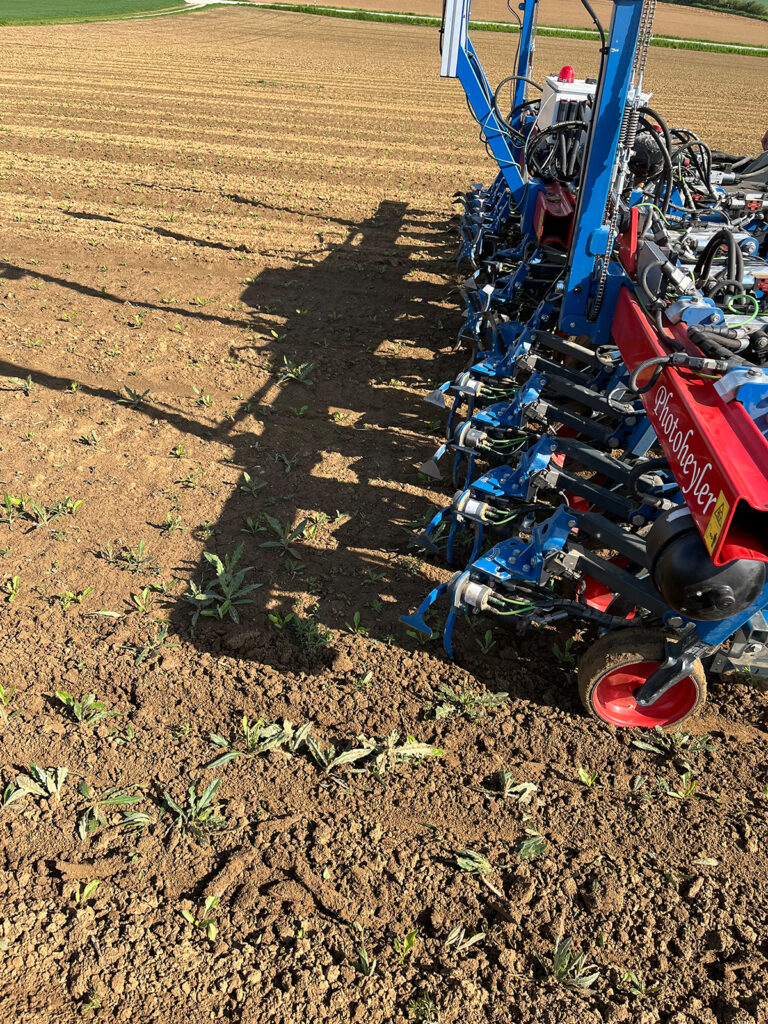
Absolute encoder allows for accurate weeding in the farming 4.0 era
In order to remove weeds in a targeted manner, the trajectory of each individual rotor must be controlled. In turn, this requires each hydraulic drive on the tractor attachment to have its own encoder that quickly and precisely delivers position and speed measurement values that control the hoeing rotors.
“This solution provides detection rates of over 98 percent,” said Dr. Stefan Heinrich from the consultancy firm of the same name. “At the same time, the cameras continuously measure for each plant row. They look at the distance between the crop plants since plant spacings can vary over time as the plants grow.”
After other models were found to be unsuitable for technical or economic reasons, the consultancy firm chose SICK’s compact and cost-effective absolute encoders in the AFS60 EtherCAT product family. These provide a singleturn resolution of 18 bits for 360° position detection providing the required accuracy for precise control.
“The EtherCAT version also allows us achieve cycle times of just four milliseconds. Therefore, giving the necessary and dynamic control of slowing down and speeding up of the rotors,” Heinrich said.
One-stop shop for agricultural machinery sensors
This application demonstrates that many of SICK’s products and systems can be modified for new applications with customization. Making encoders available for multiple uses and industries, including the automation of agricultural machinery. These systems can measure the speed of the rotating parts of agricultural machinery, detect the position of mobile components and attachments, and optimize automated agricultural applications. For example, soil cultivation or harvesting, which can assist with the control of autonomous steering and driving systems.
SICK also became a one stop supplier for Photoheyler by providing initiators and ultrasonic sensors. Sensor and system technologies can be customized in Farming 4.0 – the digitalization of agriculture. Numerous sensors – including the AFS/AFM60 encoder ؘ– offer smart diagnostic functions for efficient condition monitoring.

Revolutionizing Farming
This allows for process-optimized operation of agricultural machinery like combine harvesters that autonomously navigate collision-free along the crop edge, harvesting robots that only pick truly ripe fruit, booms that spray pesticide only on weeds in a targeted manner, transfer vehicles that independently detect their fill level, or warehouses and silos that automatically determine and report the delivered harvest volume.
“The range of SICK products and services extends from standard sensors with different physical principles of operation, smart encoders, inclination sensors, sensors for environment perception with integrated application algorithms, to complex systems as well as IoT and cloud-based solutions,” said Tobias Brader, SICK Mobile Automation Sales.
SICK – your one stop shop for sensors
All sensors relevant to agricultural technology are designed to meet the stringent requirements on impermeability. They are designed to withstand things like temperature fluctuations, EMC immunity, and shock vibration resistance in their typically harsh operational environments – in either their factory standard versions, or through efficient customization like how we did for the Photoheyler system.
Want to learn more?



